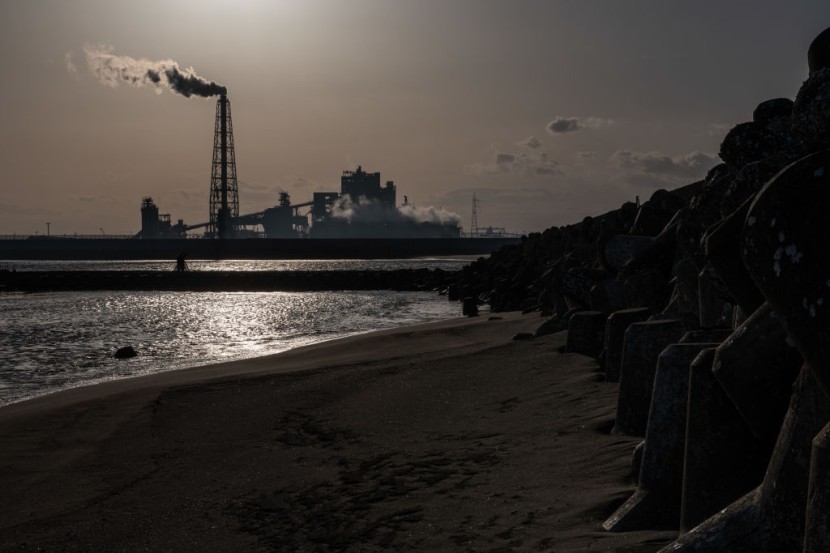
A Japanese nuclear power plant's officials said they planned to build an undersea tunnel where they could dump massive amounts of treated, but still radioactive, water into the ocean far from the area where it could interfere with local fishing.
Authorities from the Fukushima nuclear power plant hoped to start releasing water into the ocean in spring 2023. Tokyo Electric Power Company Holdings (TEPCO) said that hundreds of storage tanks that contain the waste need to be removed to make room for the plant's decommissioning.
Japanese Nuclear Power Plant
Junichi Matsumoto is an official in charge of the water discharge project and an individual who said that TEPCO aims to construct the undersea tunnel by drilling through bedrock in the seabed near the No. 5 reactor of the plant. He said that the reactor had survived the meltdowns at the plant, and would minimize possible underground contamination or leakage of radioactive groundwater into the tunnel.
Officials have stored more and more radioactive water at the plant, which has already filled about 1,000 tanks at the Fukushima Daiichi plant since 2011. At the time, a massive earthquake and tsunami ravaged the region and damaged three reactors and their cooling water became contaminated and later began leaking. Officials said that the tanks will reach their capacity late next year, NBC News reported.
Read Also: COVID-19 Origin: WHO Warns that Investigation May Come to an End; China Still Refuse to Share Data
In April, the Japanese government decided to start discharging the water into the Pacific Ocean after further treatment and dilution by spring 2023. They planned to follow safety standards set by regulators to keep the process safe.
However, the idea was met with widespread criticism and disagreement from local fishermen, residents, and neighboring countries, including China and South Korea. The undersea tunnel attempts to minimize the "reputational damage" that would result if the contaminated water was released close to marine life on the Fukushima coast.
Discharge of Treated, Radioactive Water
Authorities plan to release water at a depth of about 12 meters below the surface of the ocean, Matsumoto said. Officials said that a pipeline enclosed in an undersea tunnel was much safer than simply laying a pipe under the seafloor in the off chance that an earthquake or a tsunami occurred, Yahoo News reported.
Officials adopted this plan in hopes that local fishermen and other concerned groups feel safe enough to allow them to release the radioactive water into the ocean. Japanese authorities also planned to set up a fund to buy fisheries products and freeze them for temporary storage to cushion the impact from negative rumors about the planned water discharge. The region's government would also help promote Fukushima products to restaurants and other food industries in an attempt to appeal to residents and fishermen.
The Japanese government added that it would start raising fish in the water treated to levels allowable for discharge to show to residents that it was safe, as part of an awareness campaign. However, officials have not yet detailed any other information regarding the projects. Authorities argued that the ocean release was the most realistic option they had to dispose of the radioactive water, the Associated Press reported.
Related Article:








